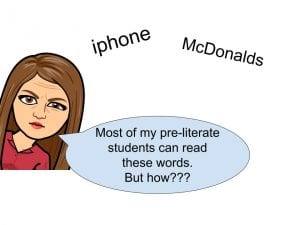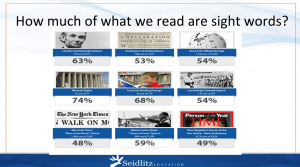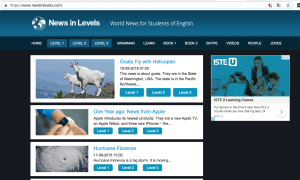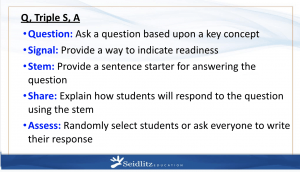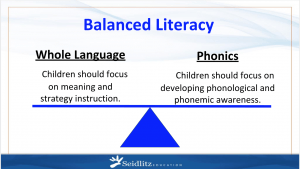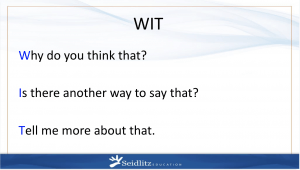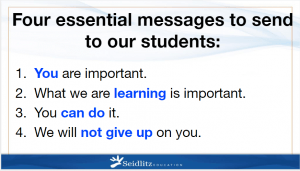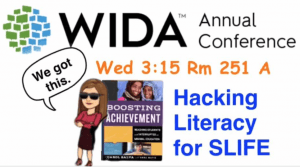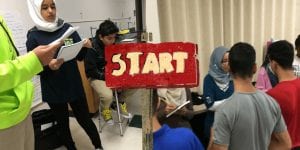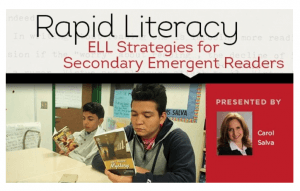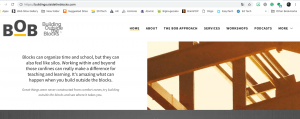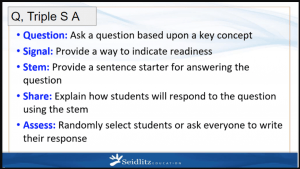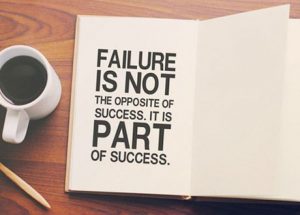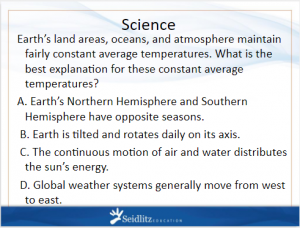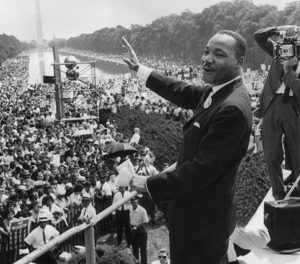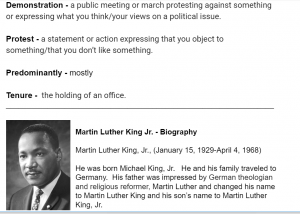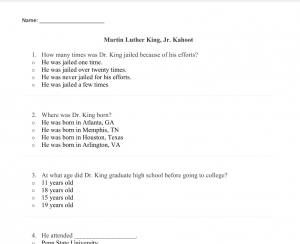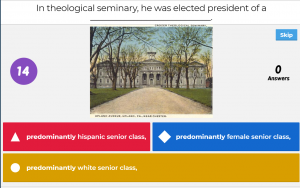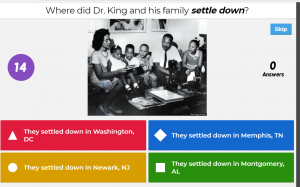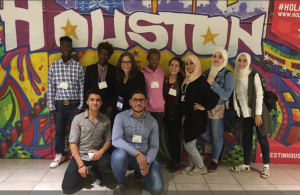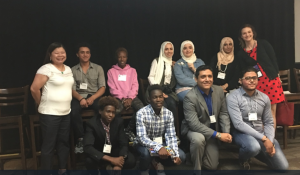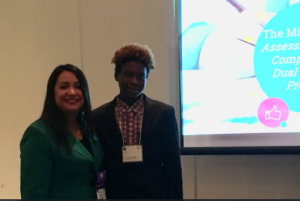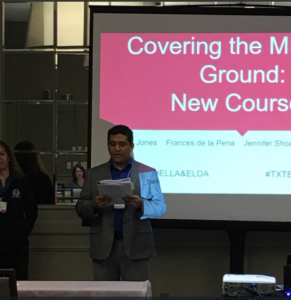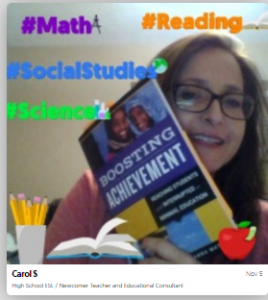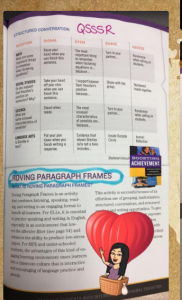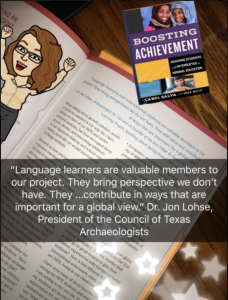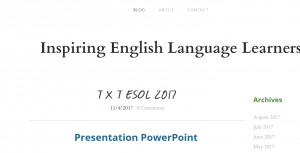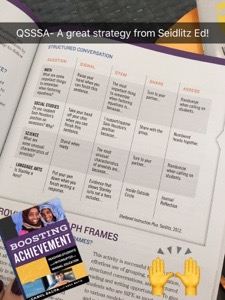Have to thank Richard McCabe of Carolina TESOL for “PD in your Pocket.” At least I believe he coined the phrase.
Well, he is spot on! You don’t have to be a “Twitter Person” to grab some great learning this week from your phone or any device. Just hop over there and follow the #ELLchat_BkClub hashtag to see what kind of insight is being shared on these questions this week.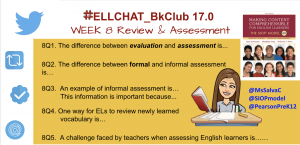
We are doing a deep dive into the 5th edition of Making Content Comprehensible for English Learners, The SIOP Model. You don’t necessarily need to have the book as you will see if you follow the threads. These questions are important for most classrooms. As always, I’m super grateful to Dr. Katie Toppel and Tan Huynh who created this slow chat. The SIOP leads and everyone participating are really adding to my learning this week. I hope you’ll come check it out.
I’m honored to be leading this last week of the slow chat. (that is a chat with questions that lasts over several days in this case). We are collaborating around SIOP Component #8, Review & Assessment through May 18 so you still have plenty of time to check it out. Lurking without commenting is totally ok. But we’d love to have your voice! Just include the #Ellchat_BkClub hashtag if you comment so it will show up in the thread.
WEEK 8 Questions/Frames:
8Q1. The difference between evaluation and assessment is…
8Q2. The difference between formal and informal assessment is…
8Q3. An example of informal assessment is… This information is important because…
8Q4. One way for ELs to review newly learned vocabulary is…
8Q5. A challenge faced by teachers when assessing English learners is……
So please do join us or just check it out!
VirtuEL19
I know I’ve told you about this before but the line up is solid now so I think it is a great idea to remind folks about #VirtuEL19. Please make your plans to join us on June 15th from 10am – 12pm ET! If you don’ t know about this… OMG! You must! It is a non-profit virtual conference that removes the physical, financial, and time barriers for teachers of English learners.
You and your colleagues are invited to join us!
This is our 3rd annual virtual conference and it is AMAZING! You get to interact with the presenters and each of them is a leader in our field. So don’t miss out. The keynote is by Dr. Andrea Honigsfeld and Dr. Maria Dove.
We don’ t need your email.
No registration.
Just watch on YouTube and interact if you’d like.
Check out all the details here. 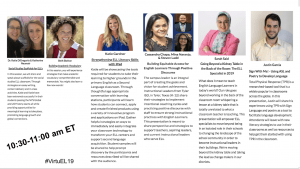
Also, check out the website now so you can take advantage of VirtuEL17 & VirtuEl18 which are still available there for you to view!
I’m super excited to learn with you in those free PD opportunities.
Please reach out if you have any questions.
{{HUGS}}
Carol
Here are other places I’ll be in the near future:
Featured Speaker at the Sanibel Leadership Conference in Florida on June 20th
FALL of 2019 – Stay tuned for dates & links:
Tonya Ward Singer and I will be keynoting in Missouri for the MELL Conference on October 2nd & 3rd.
Kentucky educators can attend a FULL DAY of Boosting Achievement at this year’s KYTESOL conference on Oct 4th
FULL DAY of Seven Steps to a Language Rich Interactive Classroom on October 10th in Detroit Michigan.
I’ll be the keynote speaker for BCTESOL in British Colombia in the fall. FULL DAY of Rapid Literacy Pre-Conference Oct 24 and then the Keynote on Oct 25!
Coming to Colorado as a featured speaker for COTESOL on Nov 1st.
FULL DAY of Seven Steps to a Language Rich Interactive Classroom on September 24 in Omaha, Nebraska.
FULL DAY of BOOSTING ACHIEVEMENT is coming to Orlando & Missouri in Nov & Dec of 2019 . Stay tuned!
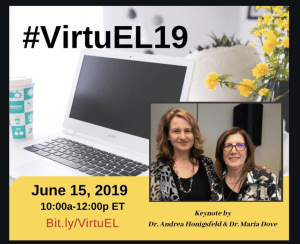
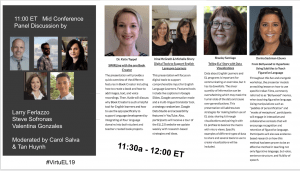
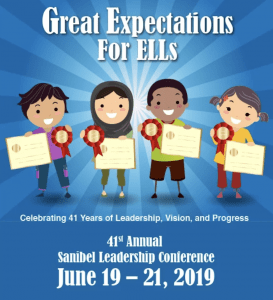
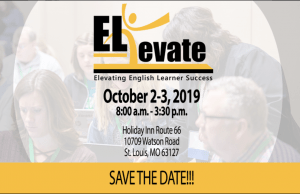
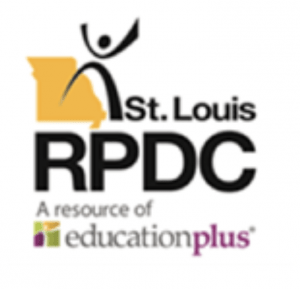

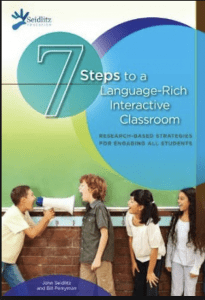
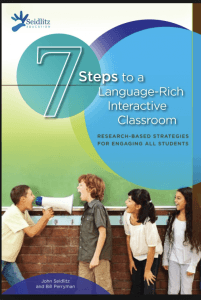
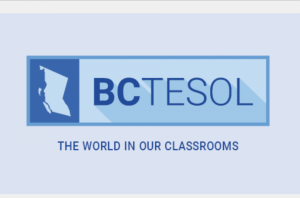

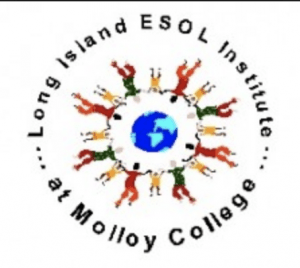
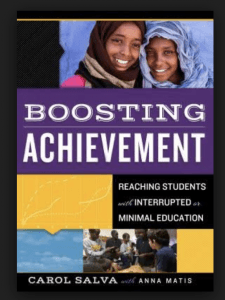
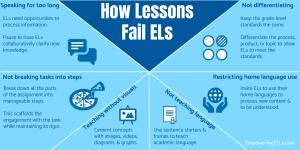
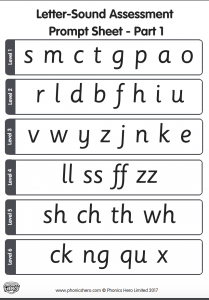 I recommend a pre-assessment that will give you an idea of how many sight words and one that is also a phonetic test. I just googled and found many on
I recommend a pre-assessment that will give you an idea of how many sight words and one that is also a phonetic test. I just googled and found many on 